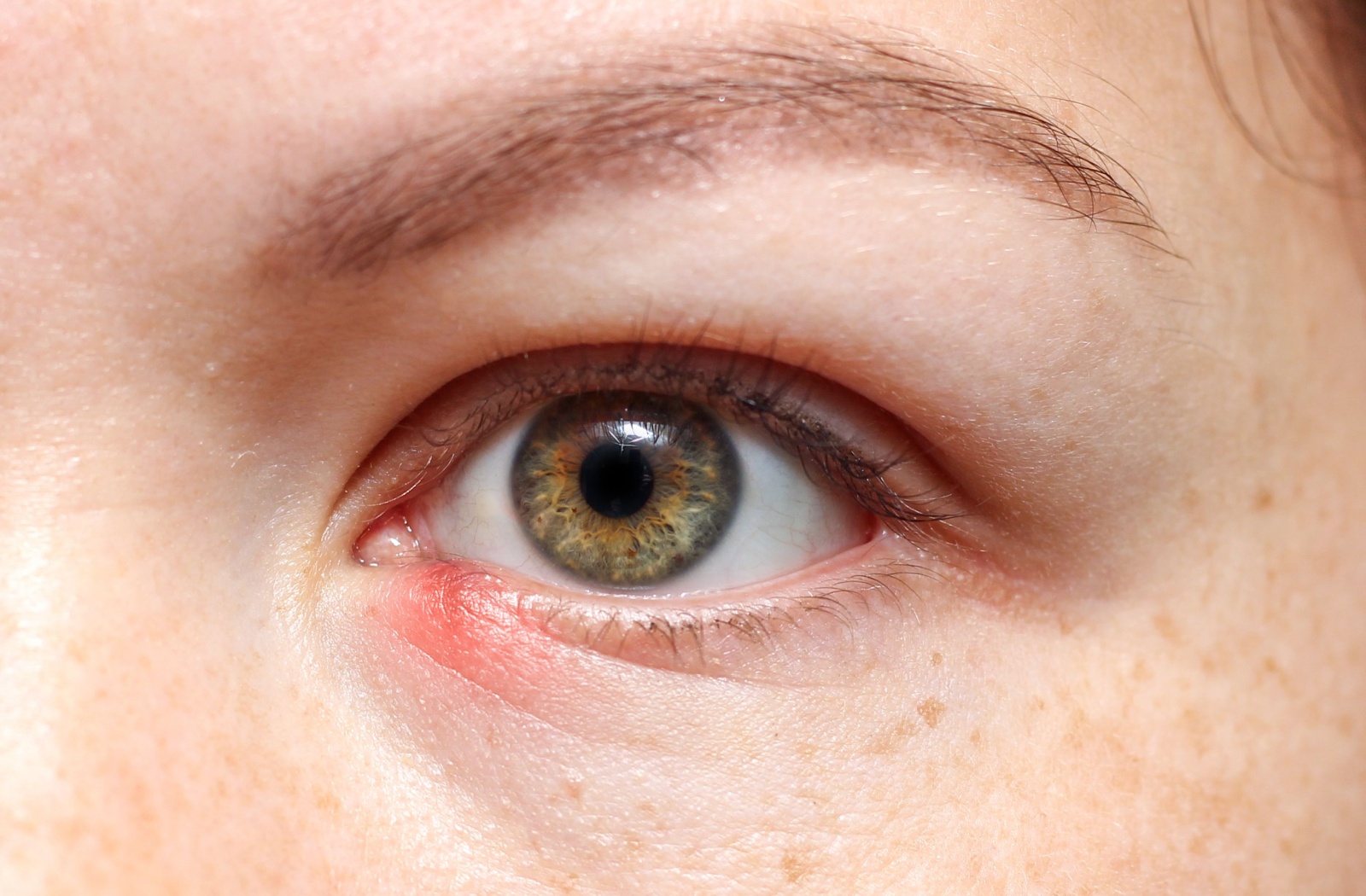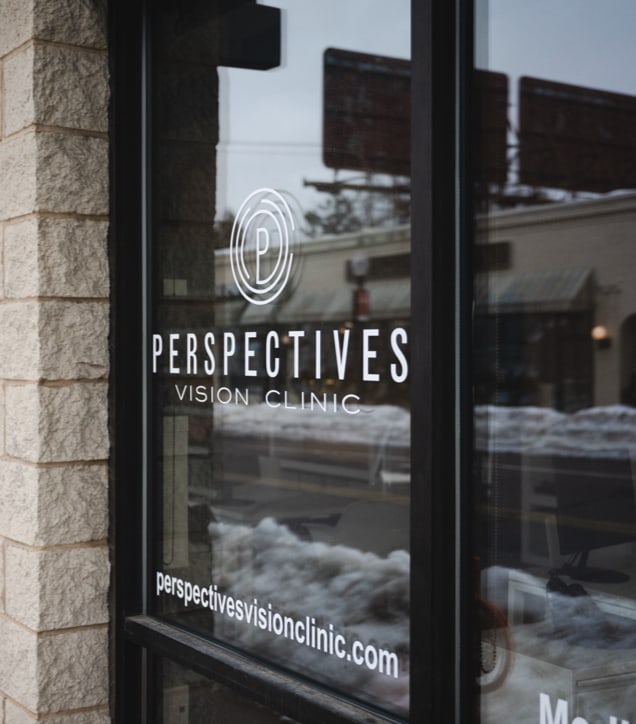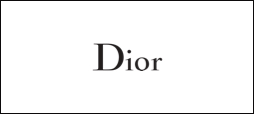Contact lenses offer a convenient alternative to traditional eyeglasses. However, when you’re dealing with a common eye condition like a stye, contacts aren’t always the most comfortable choice. But can you still wear contacts with a stye?
Styes are easily recognizable by a small red bump on or around the edge of the eyelid. They often cause swelling, which can put additional pressure on the eye and surrounding tissue and make contacts much more uncomfortable to wear. Meanwhile, the stye can also burst, leaving bacteria trapped underneath the lens and infecting the eye. If you’re experiencing a stye, you should avoid wearing contact lenses until you’ve fully recovered.
What Is a Stye?
A Stye, or hordeolum, is a small and painful lumps that form on the eyelid. Styes develop when bacterial infections inflame the oil glands or hair follicles at the edge of the eyelid. A stye can be either:
- Exterior, where it inflames the outer part of the eyelid. This is typically due to an inflamed or infected eyelash hair follicle.
- Interior, where they develop on the lining of the inside edge of the eyelid. This develops due to an inflamed or infected oil gland.
Generally, styes aren’t a serious condition. They may cause minor changes in your vision and eye comfort, but are often temporary—they should recede by themselves within a few days or so. However, in some serious cases, the blocked follicle or gland can swell and harden, leading to a condition called a chalazion.
The Symptoms of a Stye
Styes often develop similarly to a pimple; you may notice a small red dot that gradually becomes more swollen and inflamed. They’re tender to the touch and often cause noticeable discomfort, but it’s crucial that you never try to pop one yourself. That’s because popping a stye can spread bacteria into your eyes, causing a more serious infection that could have significant long-term side effects.
You can recognize a stye by:
- Redness and swelling around the eyelids
- Soreness or pain when touching the eyelids
- Light sensitivity
- Blurry vision
If you’re experiencing these symptoms and notice a small bump at the edge of one of your eyelids, you’re likely dealing with a stye.
How to Treat a Stye
If you’re unsure of whether or not you have a stye, you should visit your optometrist for a comprehensive eye exam. During your appointment, your optometrist can diagnose the source of your symptoms and give you personalized advice to help you find relief.
If your optometrist believes you’re experiencing a stye, they’ll likely begin by recommending a change in your eye hygiene practices. Make sure that you keep your eyes clean at all times; wash your hands before and after touching your eyes and try to avoid rubbing them at all costs.
Your optometrist will also likely recommend warm compresses for quick relief and comfort. Compresses apply gentle heat to the area and increase blood flow to the site of the infection, which can open up the plugged follicle or gland and drain the bacteria using the body’s natural healing process.
In extreme cases where your stye is significantly affecting your quality of life, your optometrist may try to drain the stye in-office. They’ll use a sterile needle to puncture the stye and drain any pus or fluids to reduce swelling and pressure. If they don’t believe the stye needs to be drained, your optometrist may prescribe you antibiotics to better control the infection.
Do Contact Lenses Make a Stye Worse?
While you’re recovering from your stye, you should try to avoid wearing contact lenses at all costs. Because the stye can put pressure on the eyelid, it can disrupt how well your contacts work. You’re also more likely to introduce bacteria into the eye whenever you put in or take out the lenses—especially if you don’t regularly wash your hands.
Meanwhile, if the stye bursts or leaks, bacteria can enter the eye and become trapped underneath the lens. This can create an environment where the bacteria can thrive and further infect the eye, which can cause long-term vision damage. Don’t put your eyes at risk; instead, switch back to your regular eyeglasses until your symptoms go away.
Healthy Eyes, Healthy Vision
Taking care of your eyes is something that should always be prioritized. At Perspectives Vision Clinic, we know how to help. Our team can give you personalized advice for preventing styes, keeping your vision clear, and managing all kinds of potential eye problems. We’re here for you and your eyesight, so book an appointment with us today.










